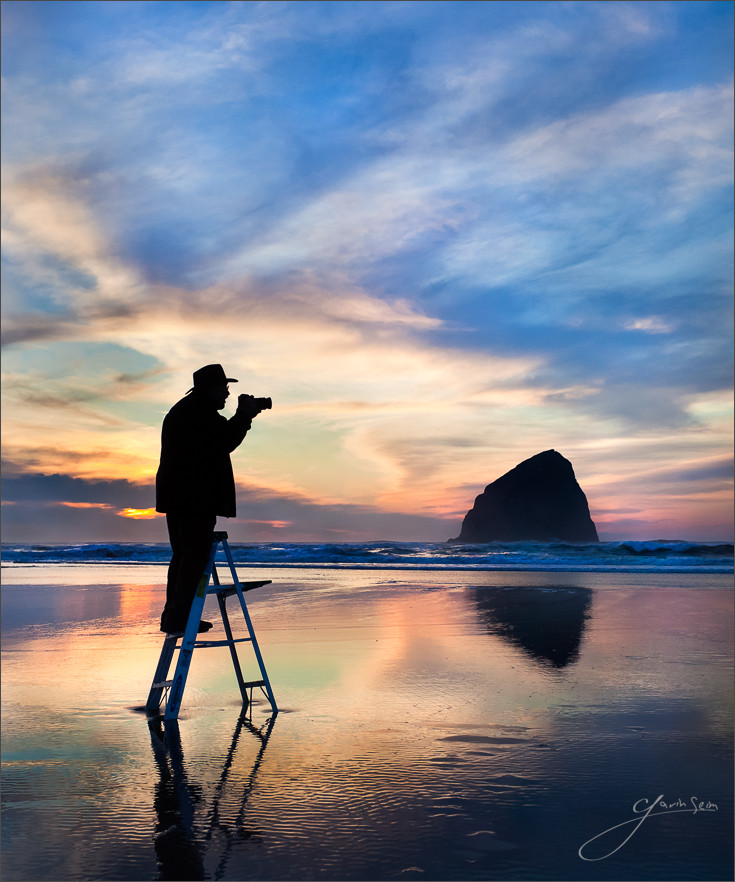Early this year we released OUR new miniseries, PHOTOGRAPHICS, covering everything from composition, to line, light and history. You can also watch here on YouTube.
There’s a great lack of photographic history out there and knowing where we came from can truly change how we work. Today we’re releasing the entire history segment from PHOTOGRAPHICS for no cost. We hope you’ll check out the entire series, but you certainly don’t want to miss this historical overview of photography. Perhaps someday we’ll be able produce a full history miniseries on the topic.
In the next 20 minutes you’ll get the basics and we encourage you to take it further by joining organizations like the International Photography Hall of Fame and taking deeper studies of painting and history to discover makes our craft so beautiful. You can also check out the full trailer for PHOTOGRAPHICS and get the rest of the 3 hour series here. — Seim




 by
by